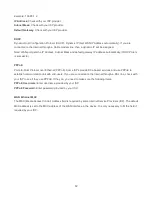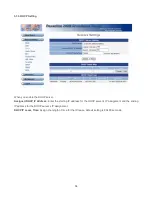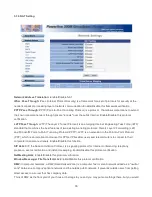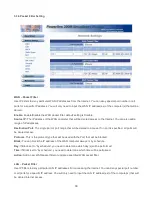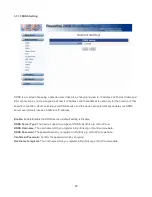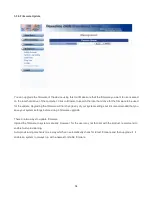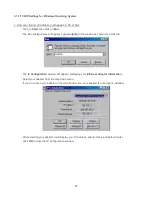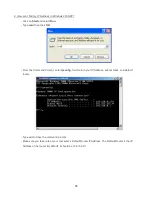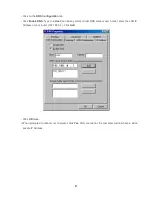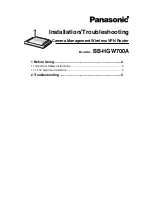
26
3.4.2 Routing Table
A routing table contains the information necessary to forward a packet along the best path toward its destination.
Each packet contains information about its origin and destination. When a packet is received, a network device
examines the packet and matches it to the routing table entry providing the best match for its destination. The
table then provides the device with instructions for sending the packet to the next hop on its route across the
network.
Destination:
The IP address of the packet’s final destination. The destination can be an IP address or a
class-based, subnetted, or supernetted network ID.
Gateway:
The IP address to which the packet is forwarded.
Netmask:
Includes directly-attached subnets, indirect subnets that are not attached to the device but can be
accessed through one or more hops, and default routes to use for certain types of traffic or when information is
lacking.
Flags:
Possible flags include:
U
: route is up,
H
: target is a host,
G
: use gateway,
C
: cache entry,
!
: Reject route.
Metric:
A number used to indicate the cost of the route so that the best route, among potentially multiple routes to
the same destination, can be selected.
Ref:
Number of references to this route.
Use:
Count of lookups for the route.
Iface:
Interface to which packets for this route will be sent.

